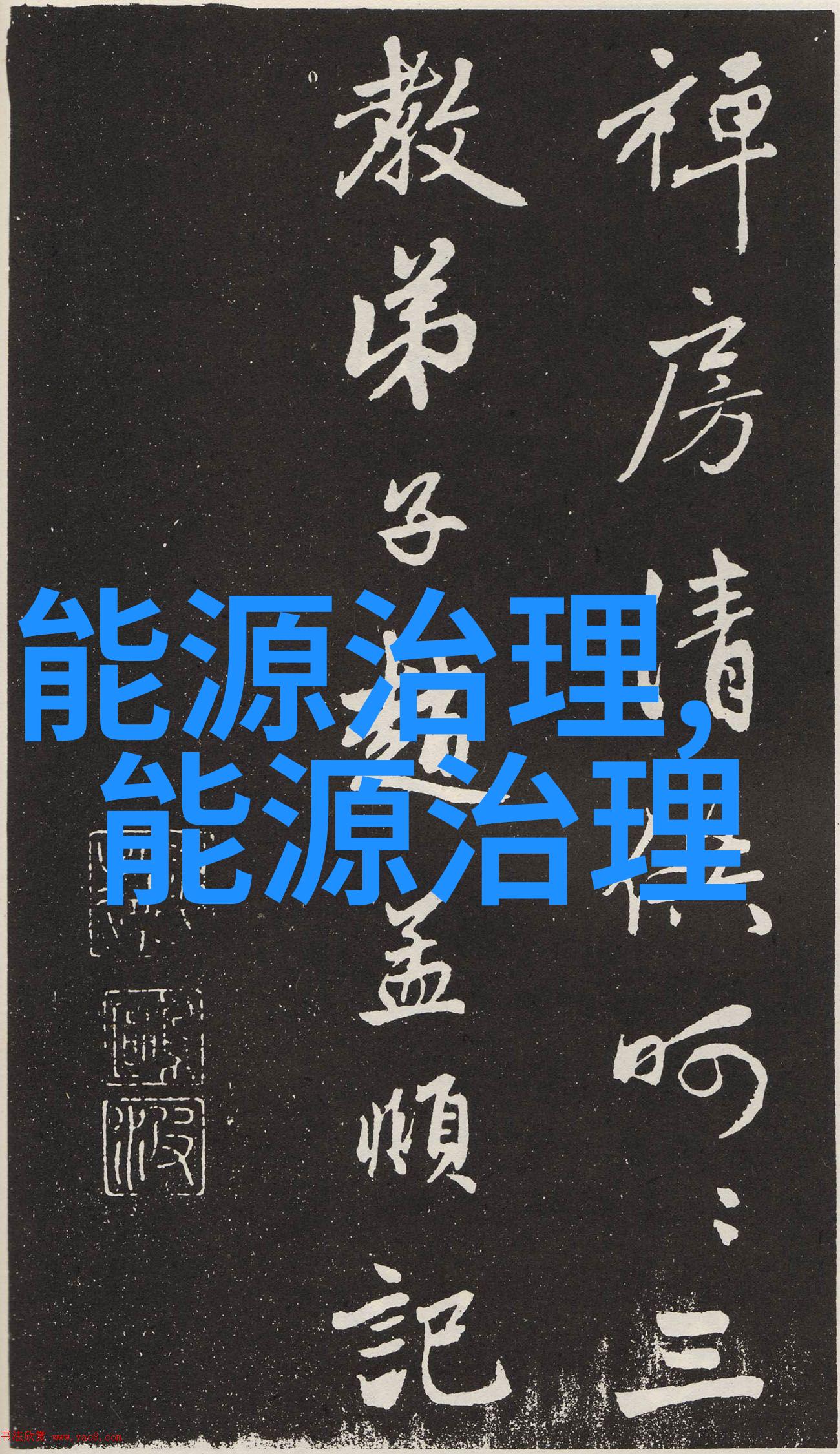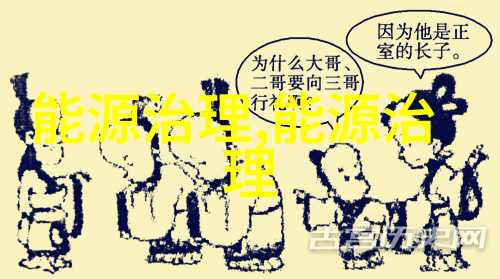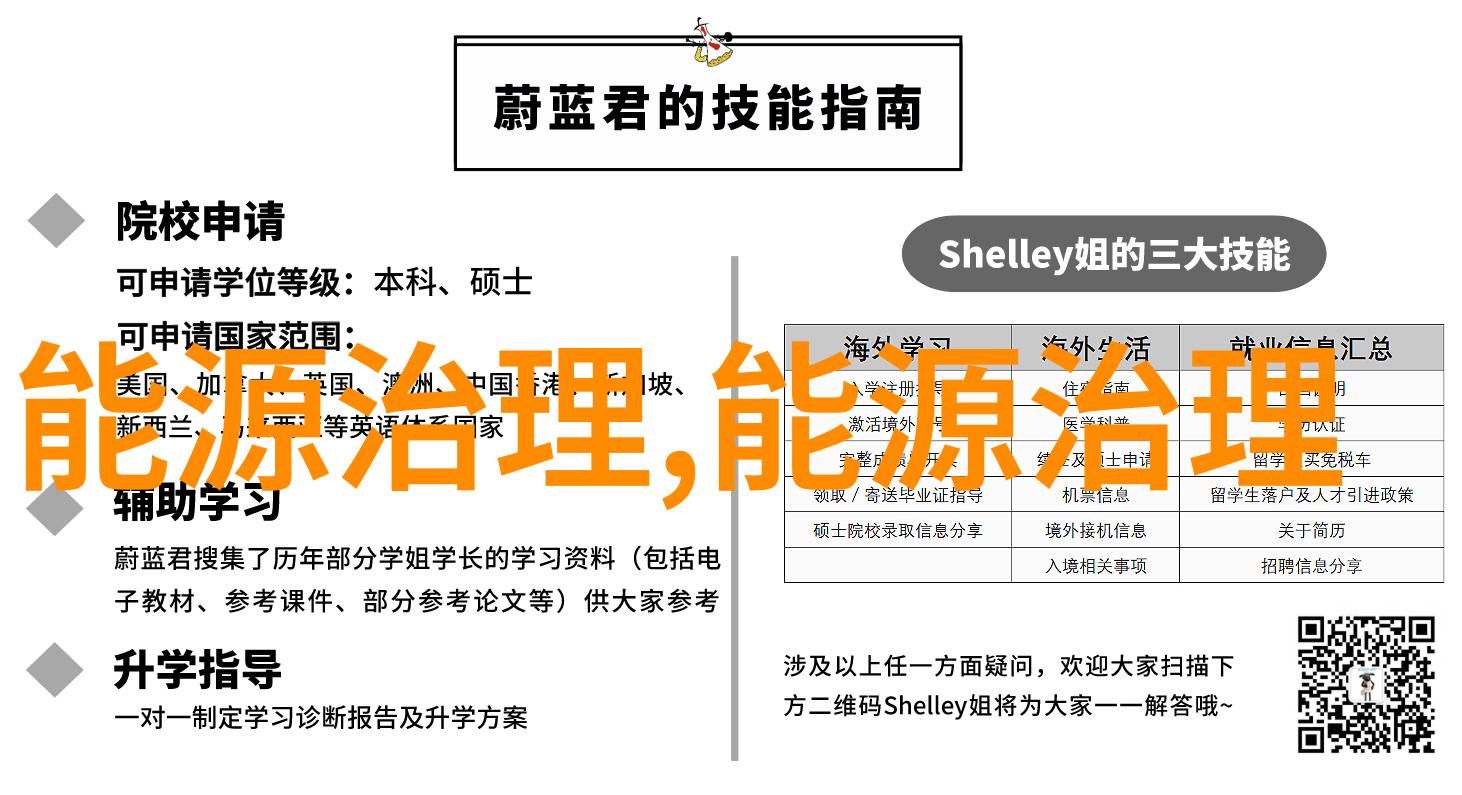揭露地表深度探究地下水污染现状与治理策略
揭露地表:深度探究地下水污染现状与治理策略

地下水污染的根源
地下水污染的主要原因是人类活动,包括工业排放、农业使用化学肥料和农药、城市生活垃圾填埋等。这些活动会导致有害物质进入土壤层,最终渗透到地下水中。

影响因素分析
影响地下水质量的因素众多,其中包括地形地势、气候条件以及人为活动。例如,在山区,由于岩石结构紧密,易受雨水侵蚀,而在平原地区,则可能由于洪水带来的沉积物对地下水造成污染。

污染成分特点
Underground water pollution is characterized by the presence of various pollutants, including heavy metals, organic compounds, and bacteria. These contaminants can come from industrial waste disposal, agricultural runoff, and sewage leakage.

应急处理措施
In case of groundwater contamination emergencies, it is crucial to take immediate action to prevent further pollution and mitigate potential health risks for human consumption or environmental damage.

长期治理规划
To effectively manage groundwater pollution in the long term requires a combination of prevention measures and remediation strategies such as constructing artificial recharge systems to purify contaminated water sources.
公众意识提升与合作机制建立
Enhancing public awareness on groundwater protection through education campaigns can help reduce individual contributions to pollution while fostering collaborative efforts between government agencies, private organizations, and local communities in promoting sustainable management practices for this precious resource.



